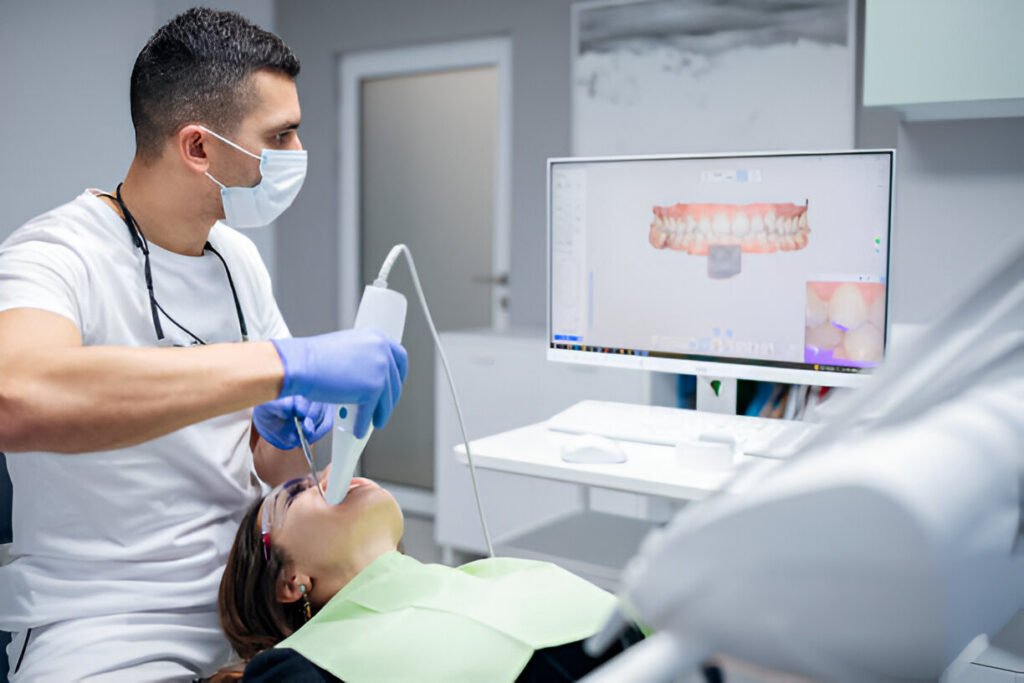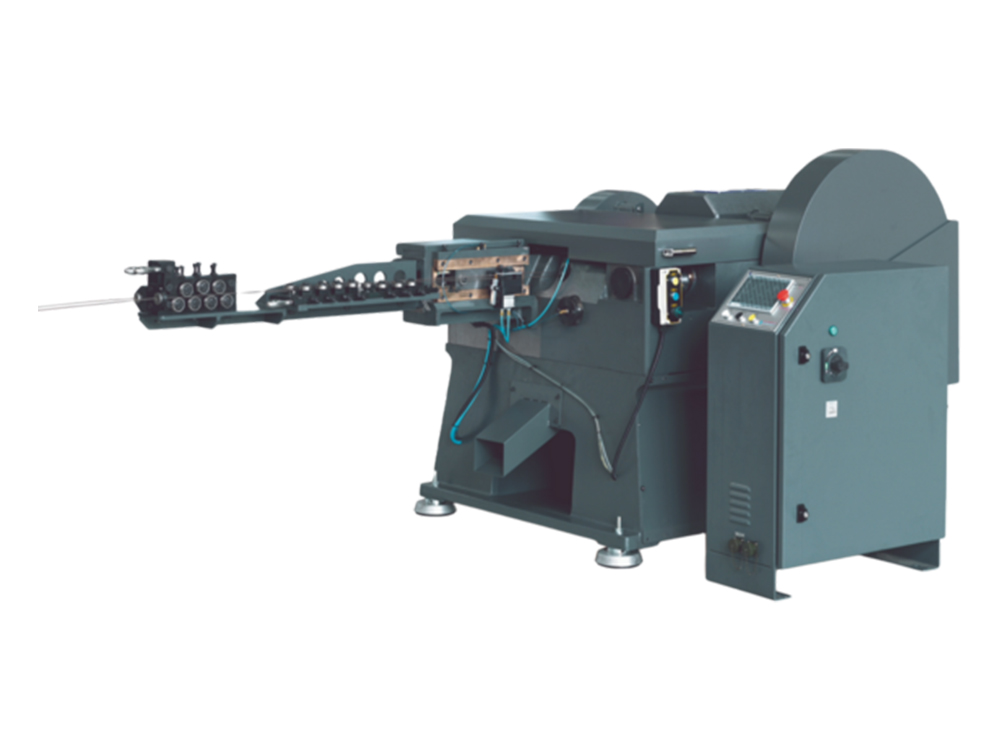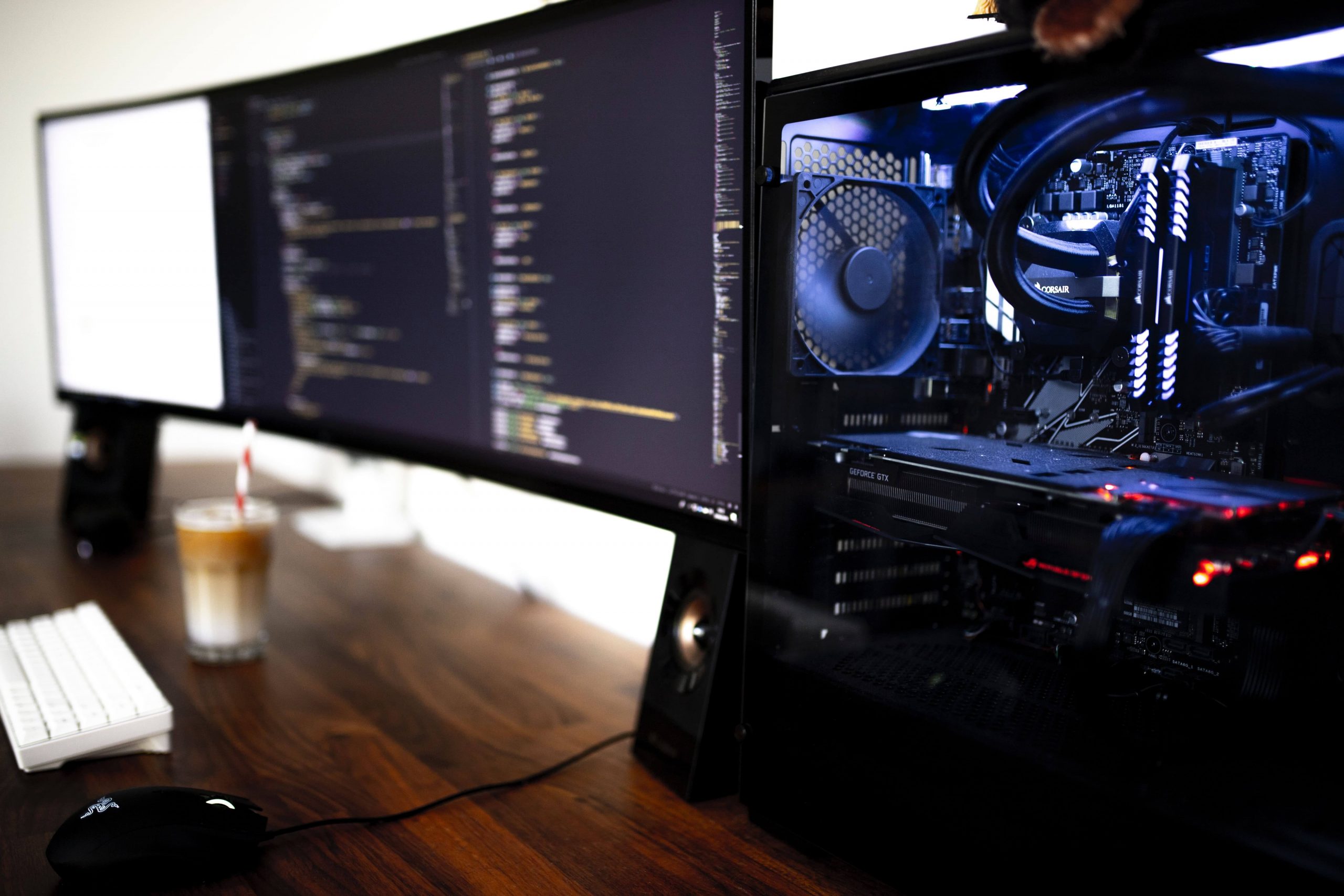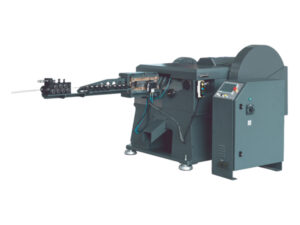Table of Contents
- Introduction
- Clear Aligners: A Game Changer
- The Role of Digital Scans and Imaging
- Customized Orthodontic Appliances
- Remote Monitoring and Tele-orthodontics
- 3D Printing in Orthodontics
- Future Trends and Research
Introduction
Orthodontics is undergoing a technological revolution, with digital scans and remote monitoring systems enhancing efficiency and effectiveness. Providers like OCC Ortho focus on patient-centric solutions that enhance comfort and outcomes. These innovations ensure personalized care tailored to specific needs. As these technologies advance, patients and professionals must stay informed to fully utilize modern orthodontic care and aim for the perfect smile.
Clear Aligners: A Game Changer
Clear aligners, a discreet, aesthetically pleasing alternative to traditional metal braces, offer convenience, comfort, and effective oral hygiene. Custom-made from medical-grade plastic, they can be removed while eating and brushing, reducing dental emergencies. Their popularity is due to their almost invisible appearance, making them a preferred choice for teens and adults. This showcases how technology can improve patient experiences.
The Role of Digital Scans and Imaging
Orthodontists use digital scans and imaging to create detailed 3D models of patients’ teeth, enhancing treatment planning and providing patients with a visual representation of their treatment journey. This technology eliminates the need for multiple impressions, creates comfortable, better-fitting appliances, and facilitates better communication between orthodontists and patients. It leads to more accurate diagnostics and tailored treatment strategies, improving patient outcomes.
Customized Orthodontic Appliances
Advanced software and 3D printing technology enable orthodontists to create customized appliances, such as braces and retainers, for each patient’s unique dental structure. This allows for faster and more precise treatments, reducing patient time spent in braces. The technology also enables the designing of appliances that exert the correct pressure for efficient tooth movement, promoting personalized dental care.
Remote Monitoring and Tele-orthodontics
Remote monitoring technologies are enhancing accessibility to orthodontic treatments, particularly for those in remote areas. Tele-orthodontics platforms allow patients virtual consultations and follow-ups, saving time and improving patient engagement. This technology reduces the need for in-person visits, provides continuous oversight, and offers flexible treatment schedules, reducing work or school time.
3D Printing in Orthodontics
3D printing is revolutionizing orthodontics by enabling rapid production of aligners, brackets, and other devices. This technology allows for highly accurate production, better-fitting appliances, and efficient treatments. It reduces costs and turnaround times, making advanced orthodontic care more accessible. 3D printing also produces intricate designs, opening new treatment options and enhancing efficiency and patient care in dentistry.
Future Trends and Research
The future of orthodontic technology is promising, with advancements such as artificial intelligence in treatment planning and bright braces monitoring tooth movement. These technologies offer unprecedented precision in treatments, allowing immediate adjustments and reduced treatment duration. Staying informed about these developments can help patients and professionals prepare for a future where achieving a perfect smile is more precise and accessible.

















